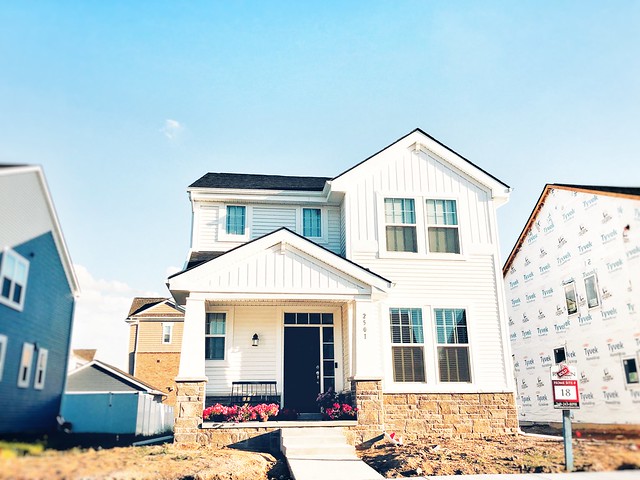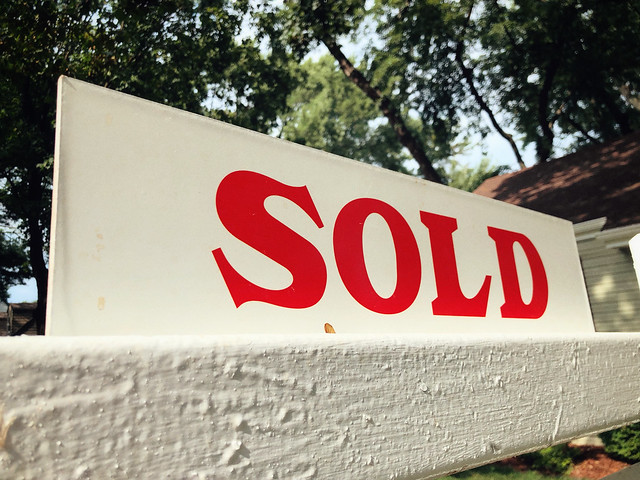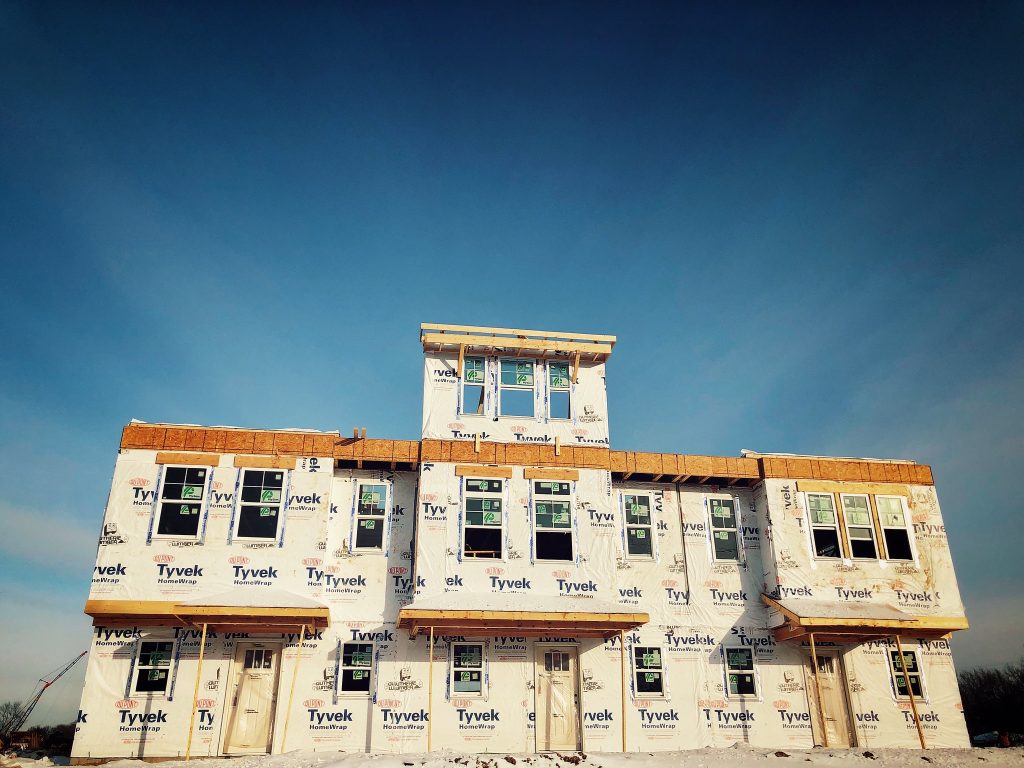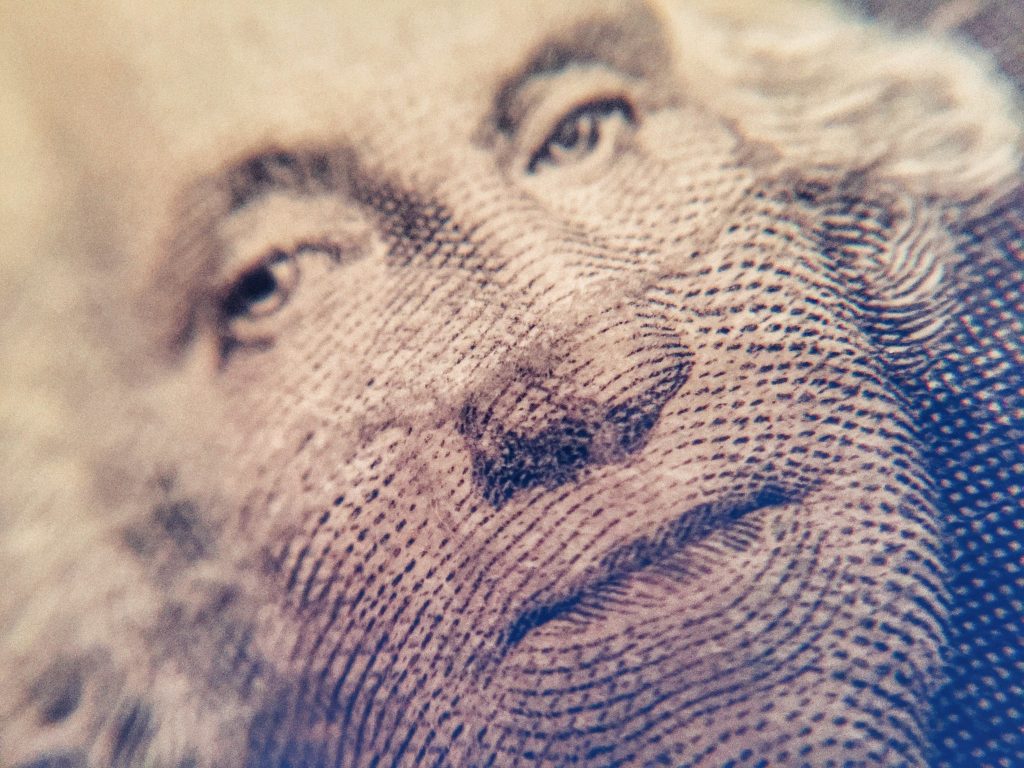New home sales represent a relatively small percentage of total home sales but are still an important component of housing market health. After all, when new homes are selling, builders are more likely to build more homes, which results in additional supply, stable prices, and better overall conditions for home buyers. That’s why the latest numbers from the U.S. Census Bureau and the Department of Housing and Urban Development could be a positive sign. In March, new home sales increased 7.4 percent from the month before and 6 percent from last year at the same time. Buddy Hughes, chairman of the National Association of Home Builders, says the improvement is proof buyers remain interested. “The March new home sales data shows that demand continues to be present in the market, provided affordability conditions permit a purchase,†Hughes said. “An increase in economic certainty would be a big boost to future sales conditions.†(source)













